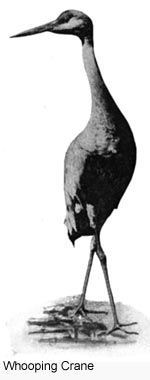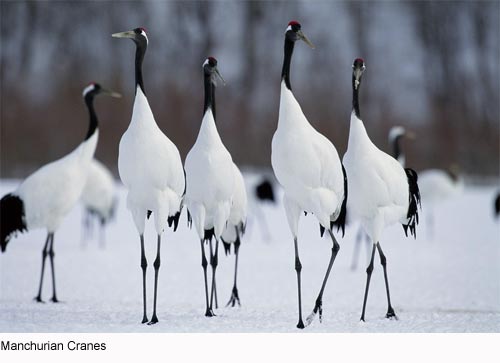Hope Folds: Sadako Sasaki was two years old when the atomic bomb was dropped on her home town of Hiroshima in 1945. While she grew up healthy and athletic, she developed leukemia, the “atom bomb disease,” when she was eleven years old.
 Paper Cranes: Sadako’s best friend told her the legend about origami cranes, and Sadako set to folding. She wished to end all suffering like her own, hoping for a peaceful world without wasteful, destructive violence. The child folded over 1,300 paper cranes before she died. Since her death, people around the world have adopted the custom of folding cranes to communicate wishes for peace. Paper Cranes: Sadako’s best friend told her the legend about origami cranes, and Sadako set to folding. She wished to end all suffering like her own, hoping for a peaceful world without wasteful, destructive violence. The child folded over 1,300 paper cranes before she died. Since her death, people around the world have adopted the custom of folding cranes to communicate wishes for peace.
Real Cranes: While cranes symbolize longevity and peace, they have enjoyed neither in the past century. Almost all crane species are rapidly dwindling, mainly due to habitat loss. Among the most threatened species, the Whooping Crane has become a potent symbol of endangered animals around the world, and man’s ability, through conservation efforts, to bring them back from the brink.
Cranes in Crisis: Reduced to 16 individuals in 1941, captive breeding programs have been established to support fragile wild populations in Florida and Wisconsin. The population of Whooping Cranes has been rising steadily, at about four percent a year! In 1987, the population grew to 100, and in 2004, there were 468 Whooping Cranes, 213 of which were living in the wild. Unfortunately, while the Whooping Crane may be safe from imminent extinction, it’s situation remains precarious. Limited habitat, collisions with powerlines, and hunting continue to threaten populations in the wild, none of which is self-sustaining.
Crane Conservation: Continued habitat management, breeding programs, and population monitoring are essential to the continued survival of the beautiful Whooping Crane, and many other fascinating crane species. Click here to learn more about cranes!

|

